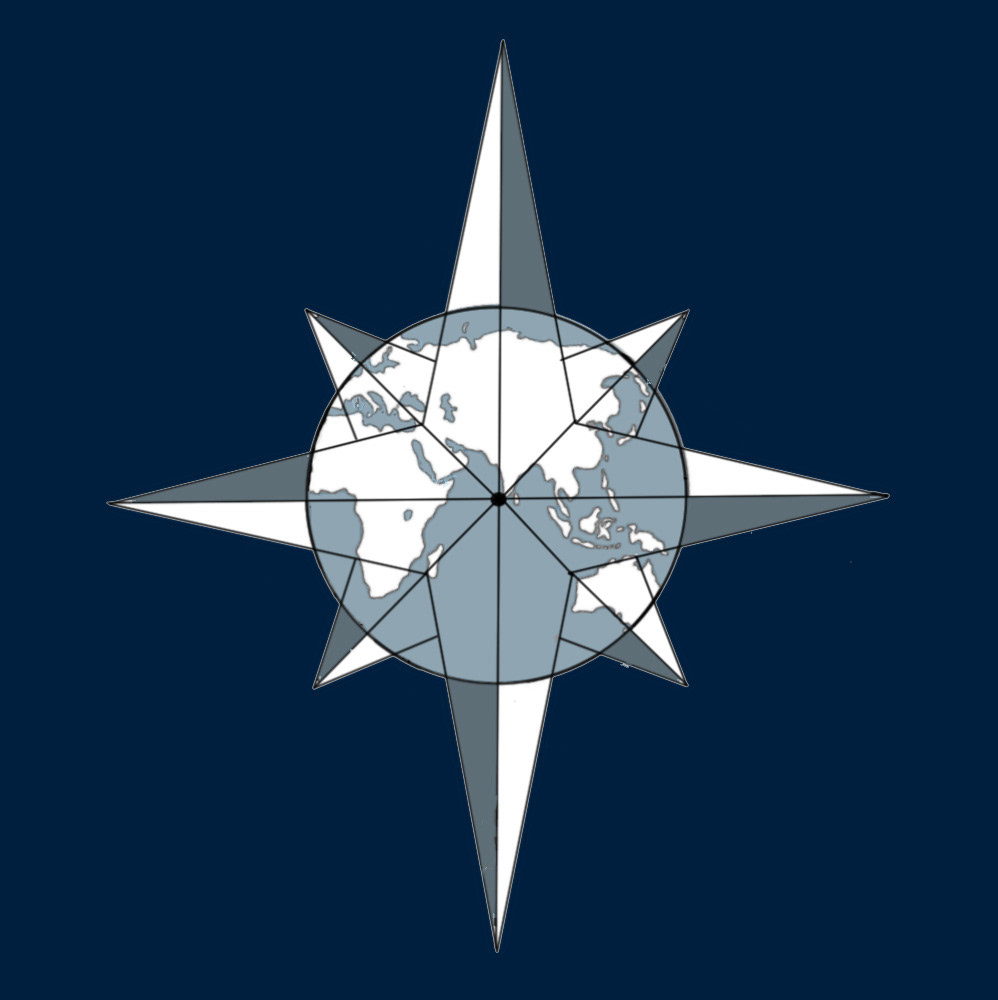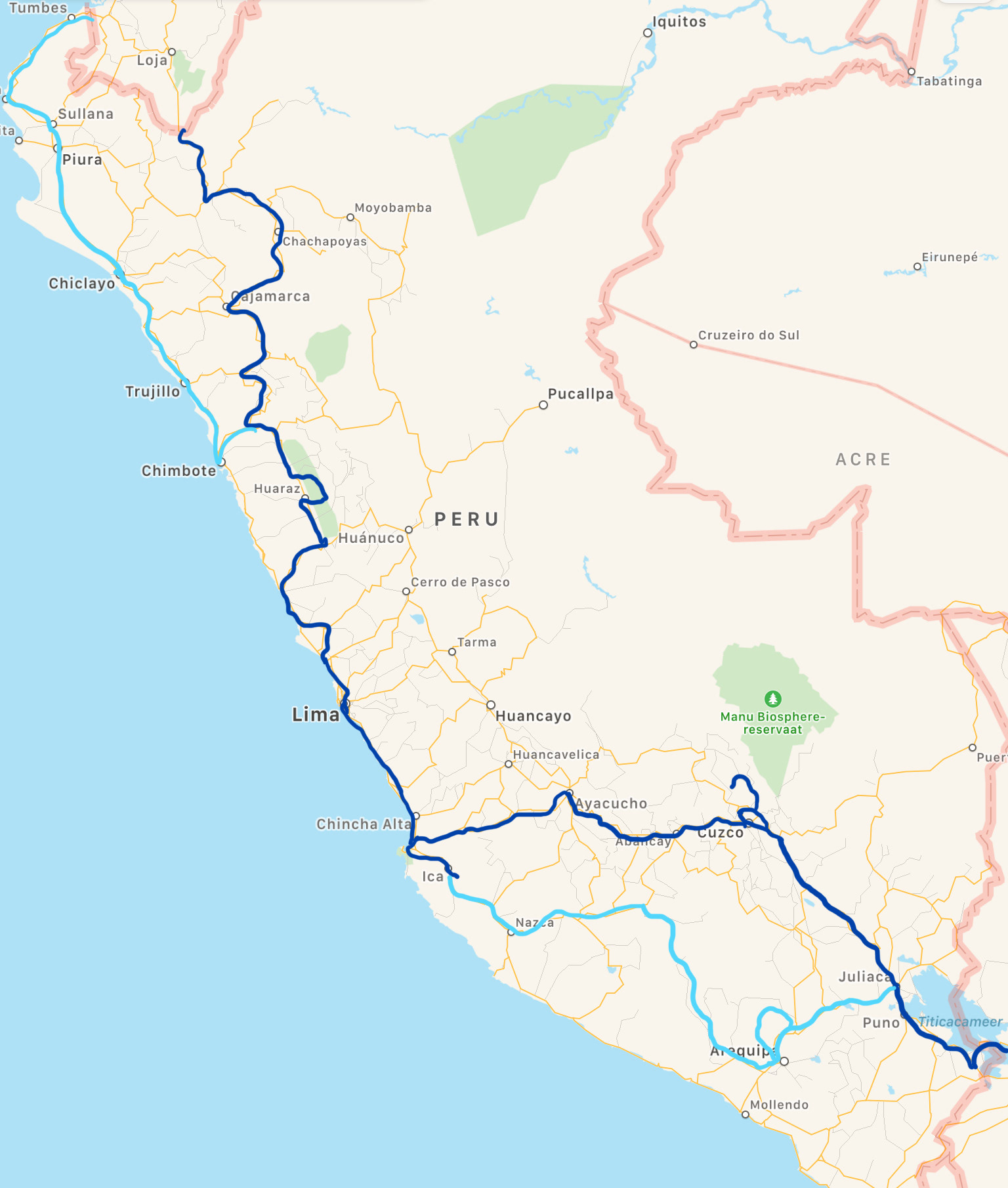
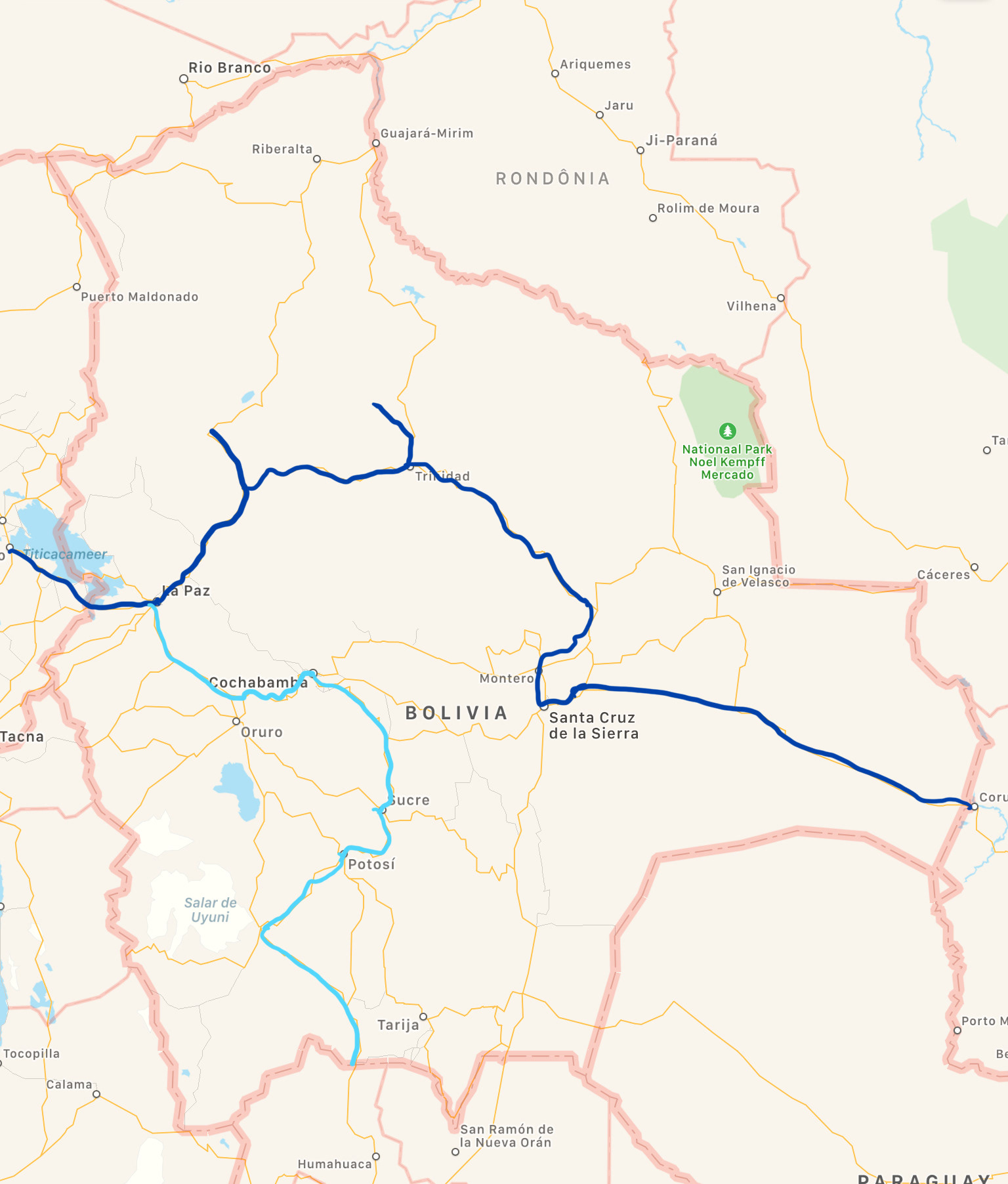
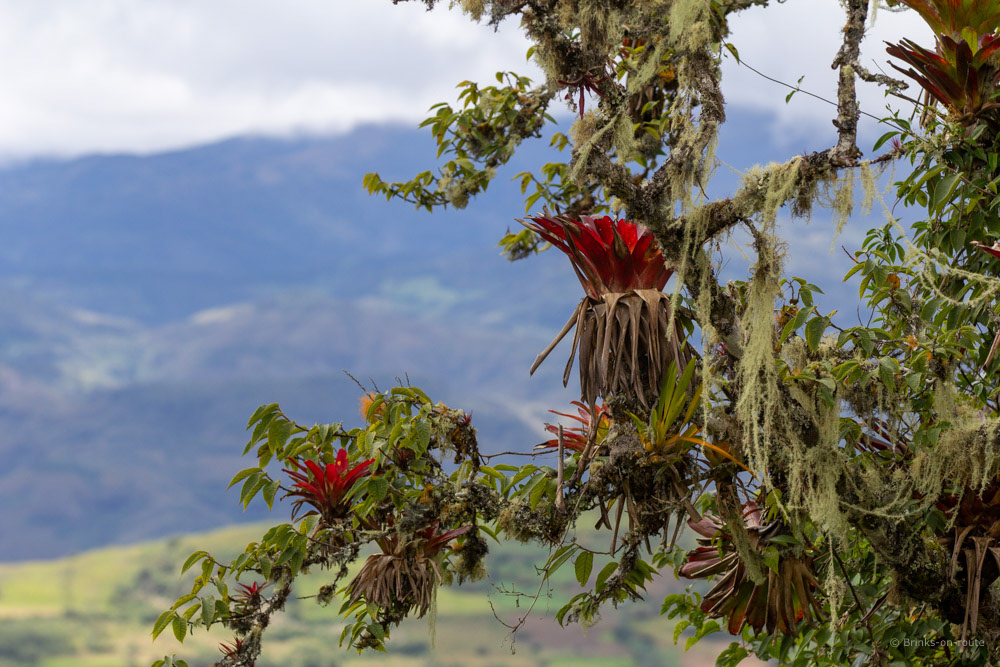
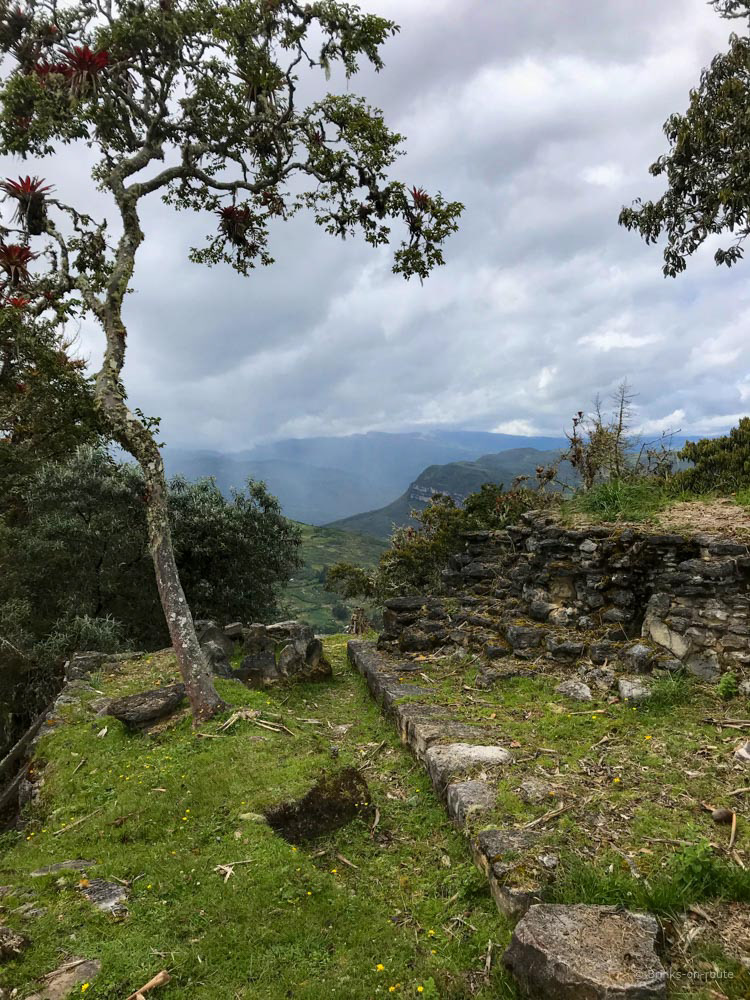


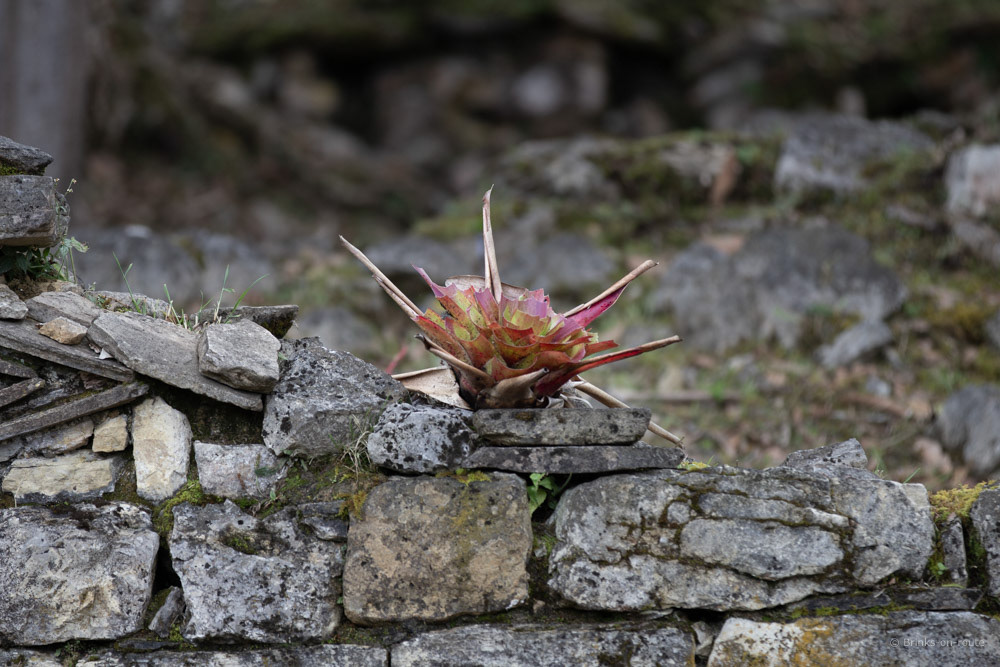
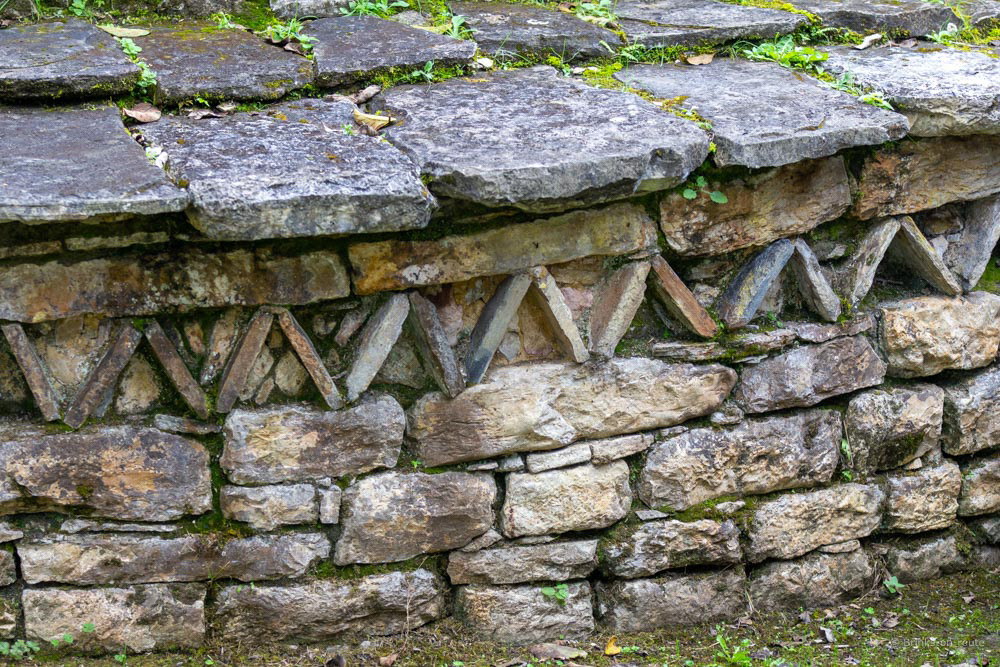

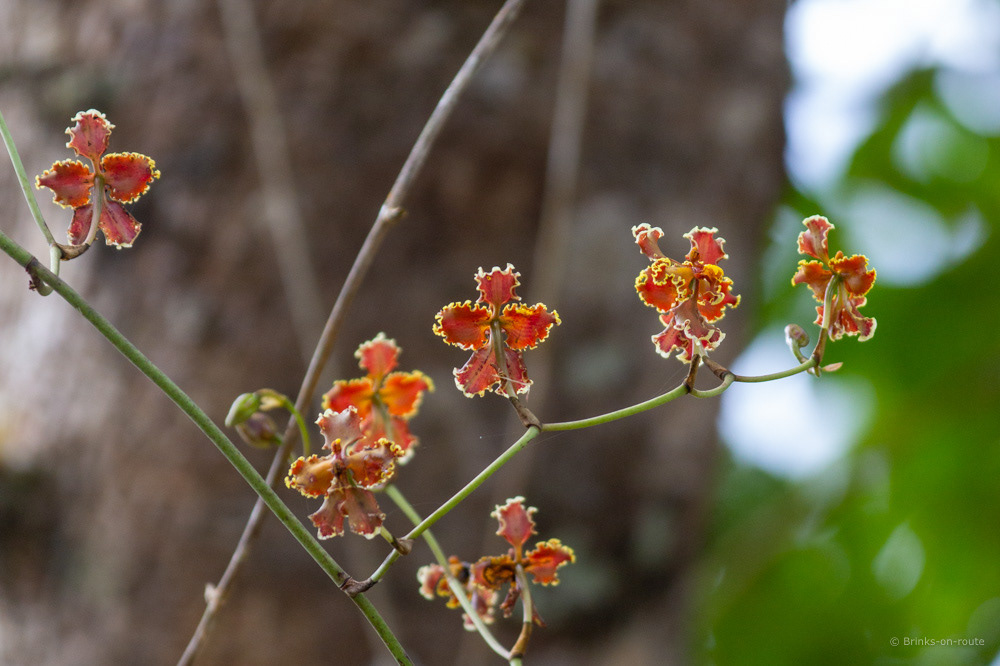
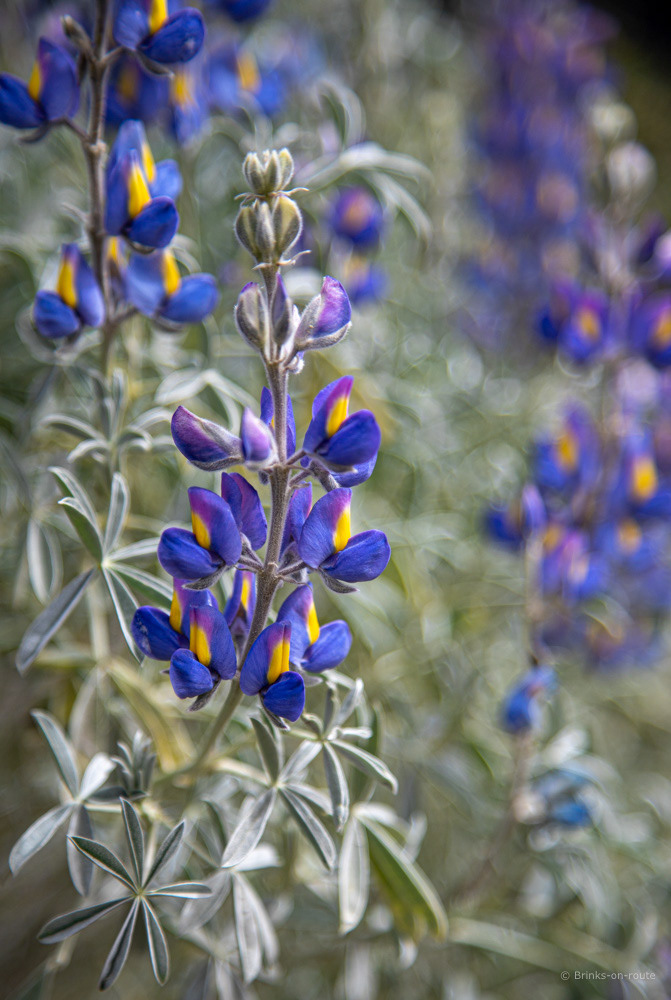
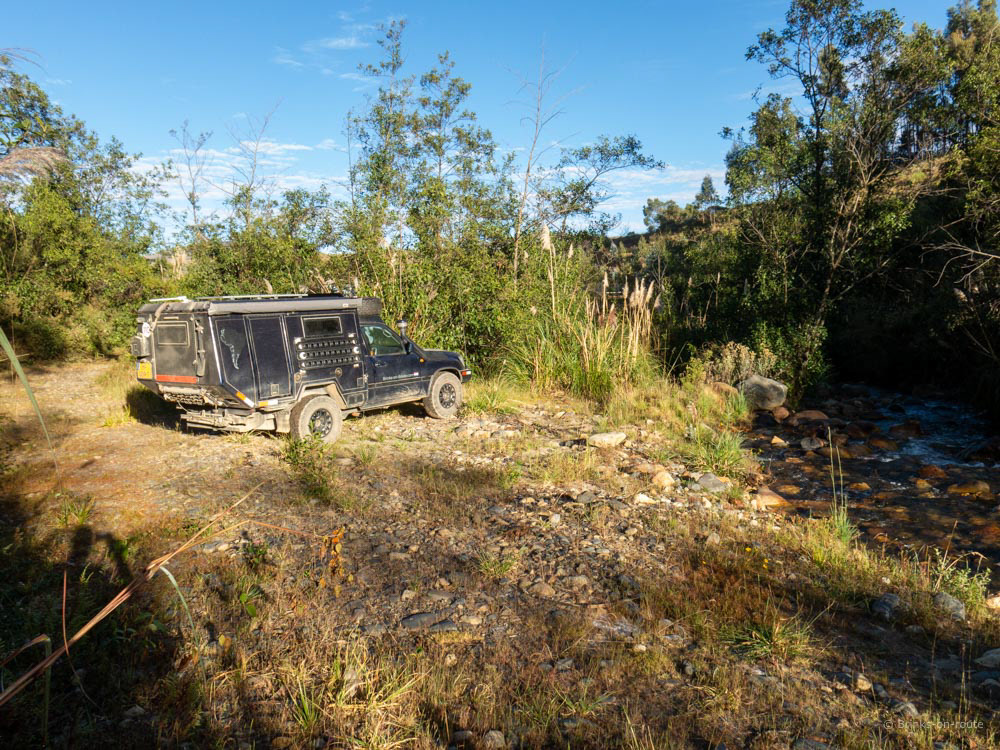



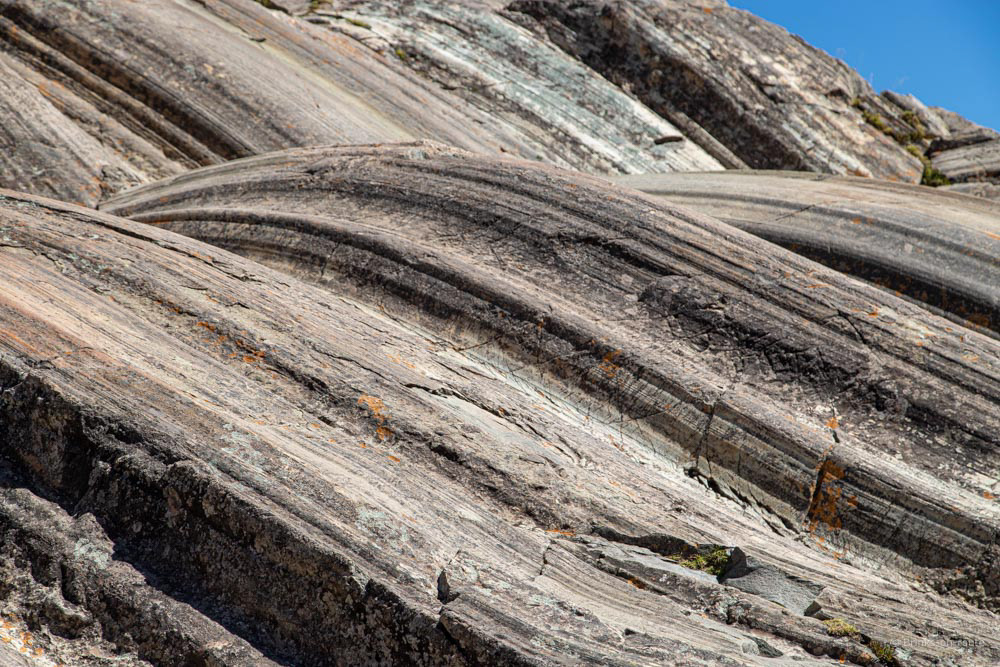
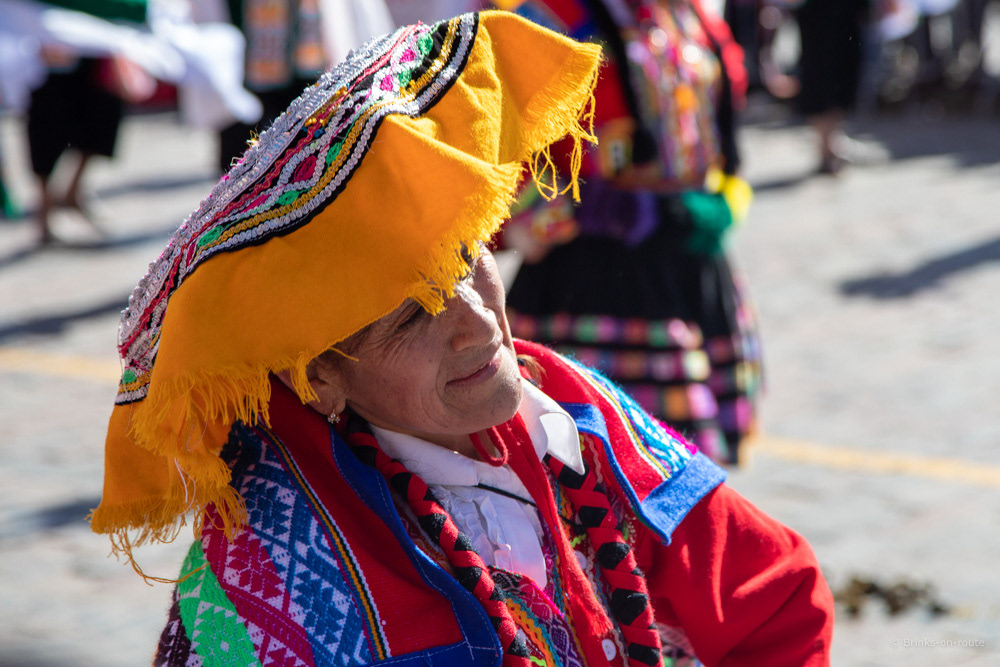



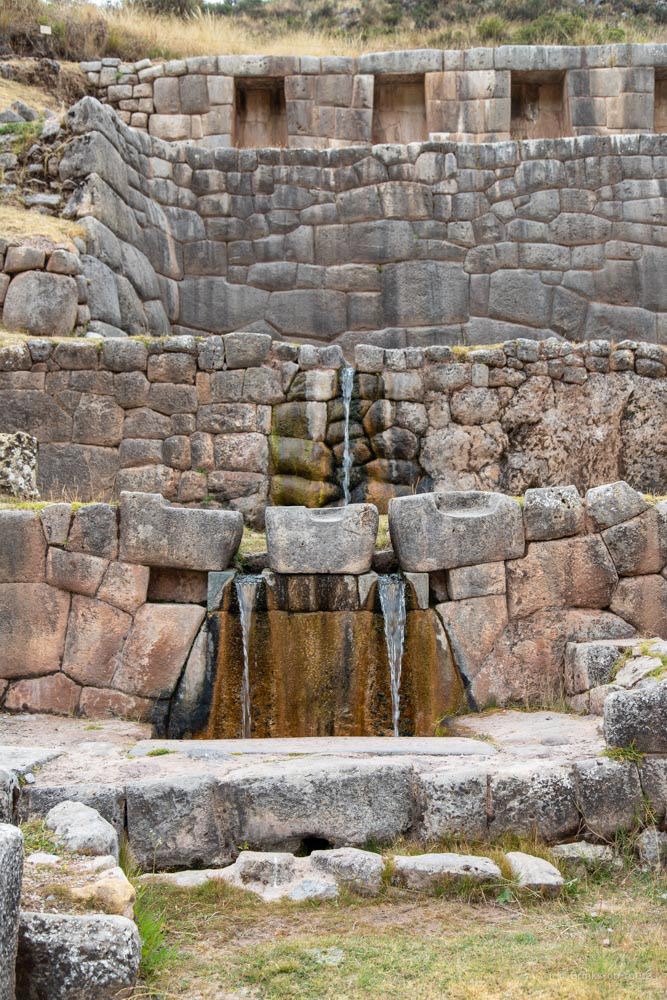

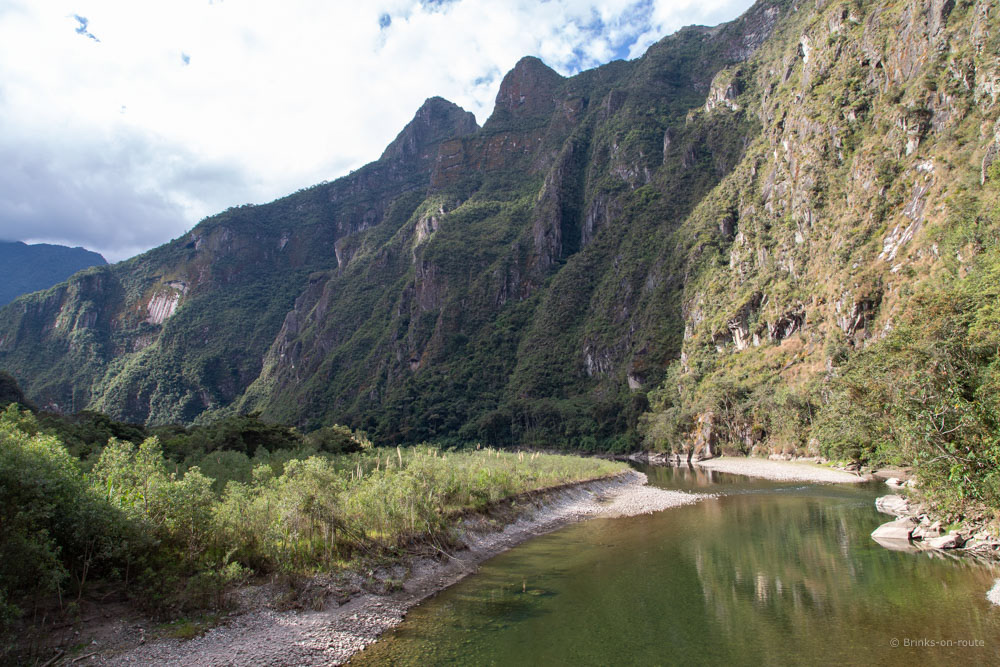
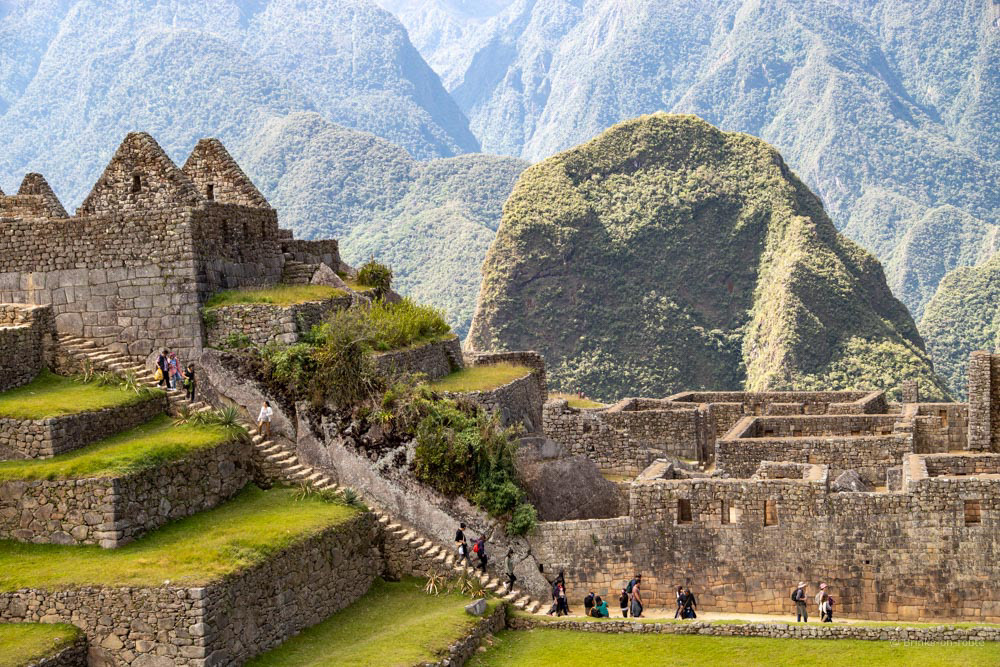

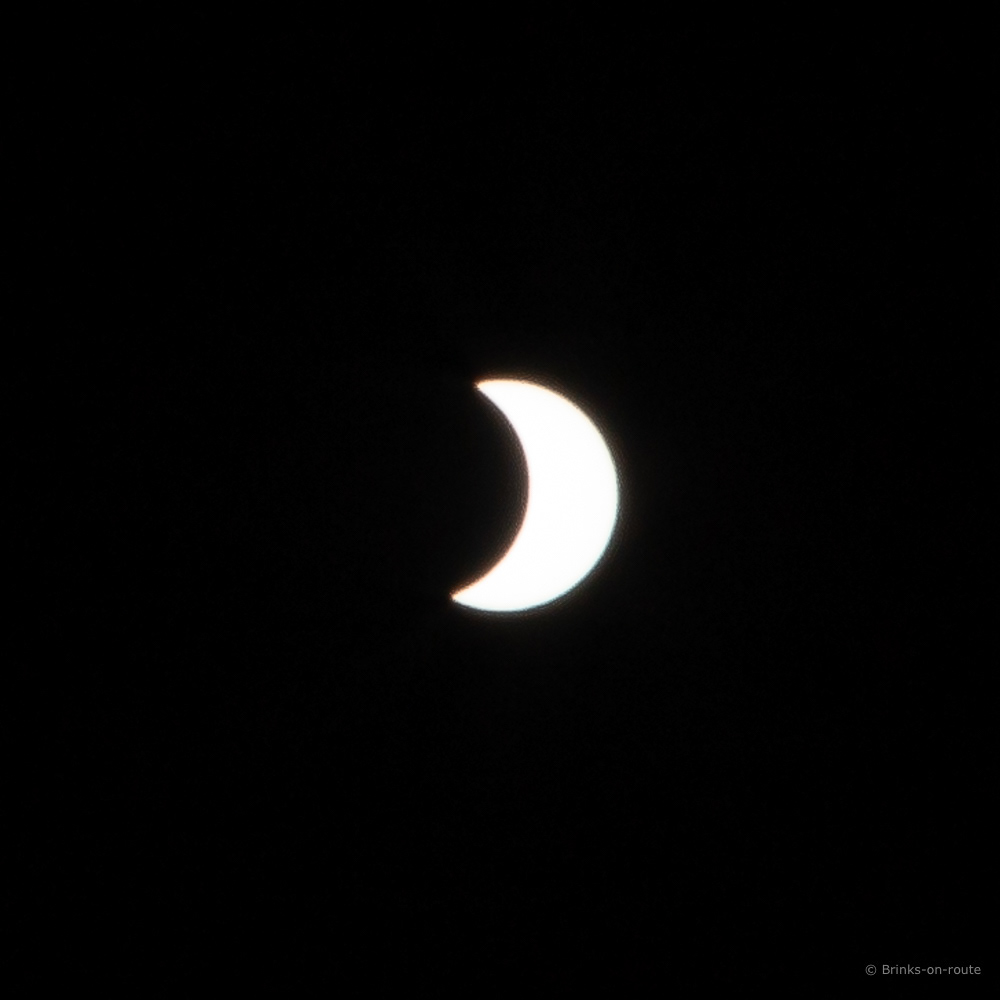
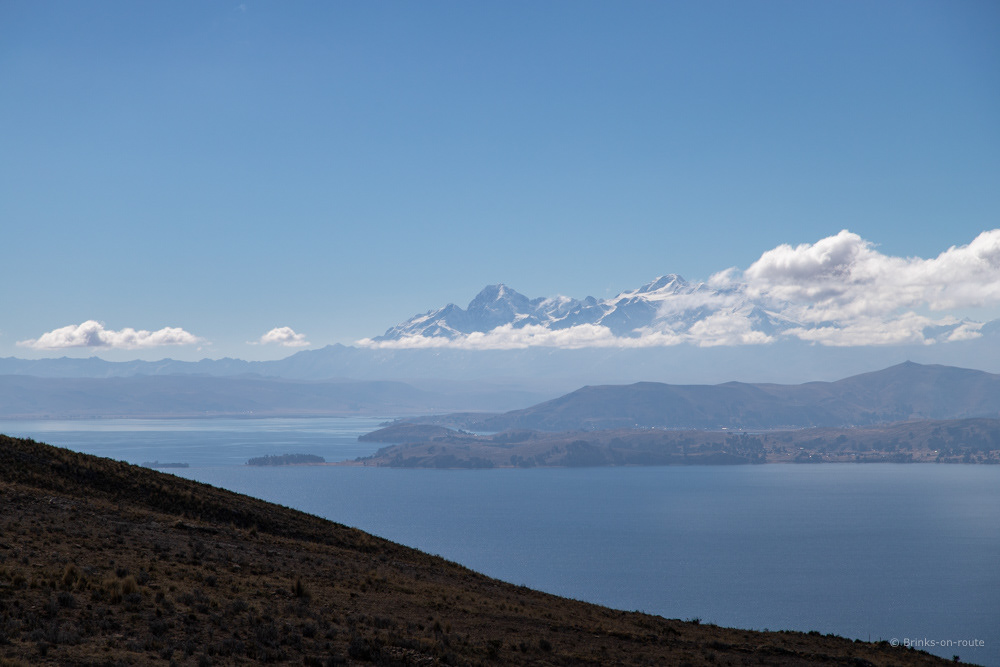
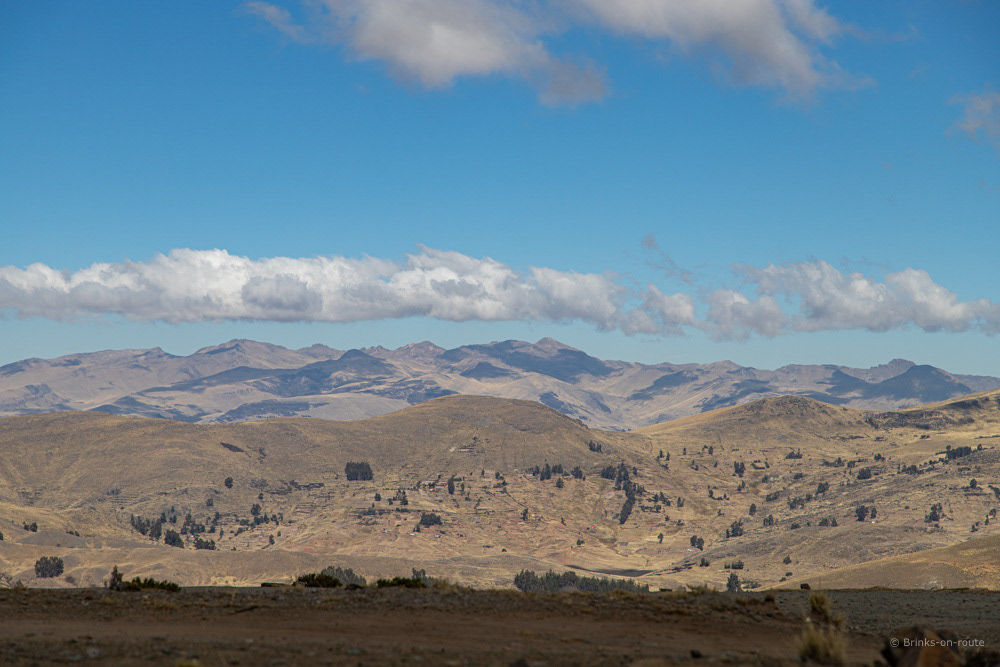
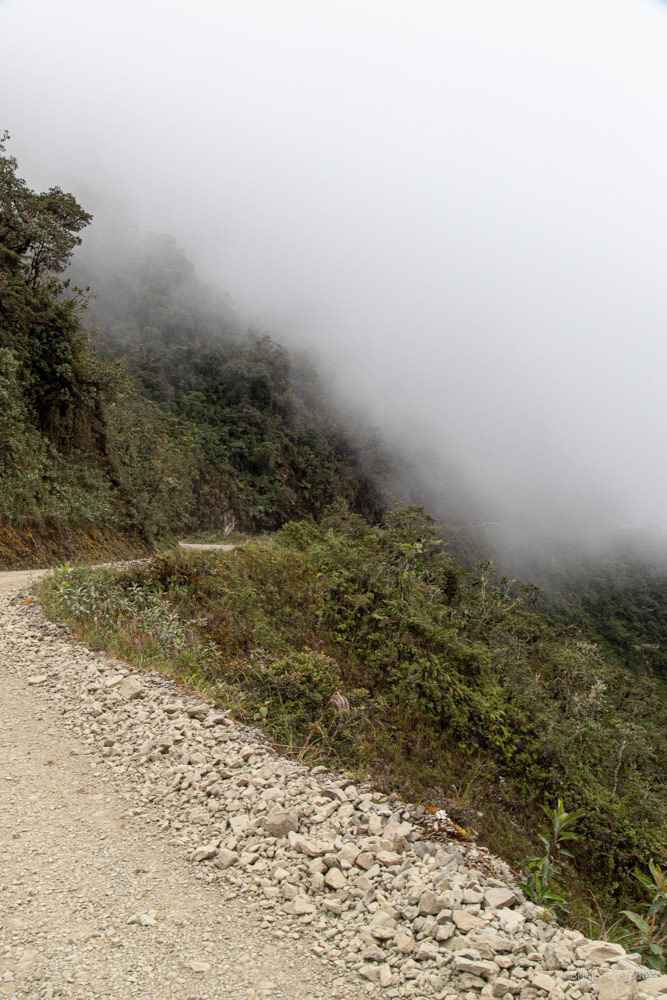

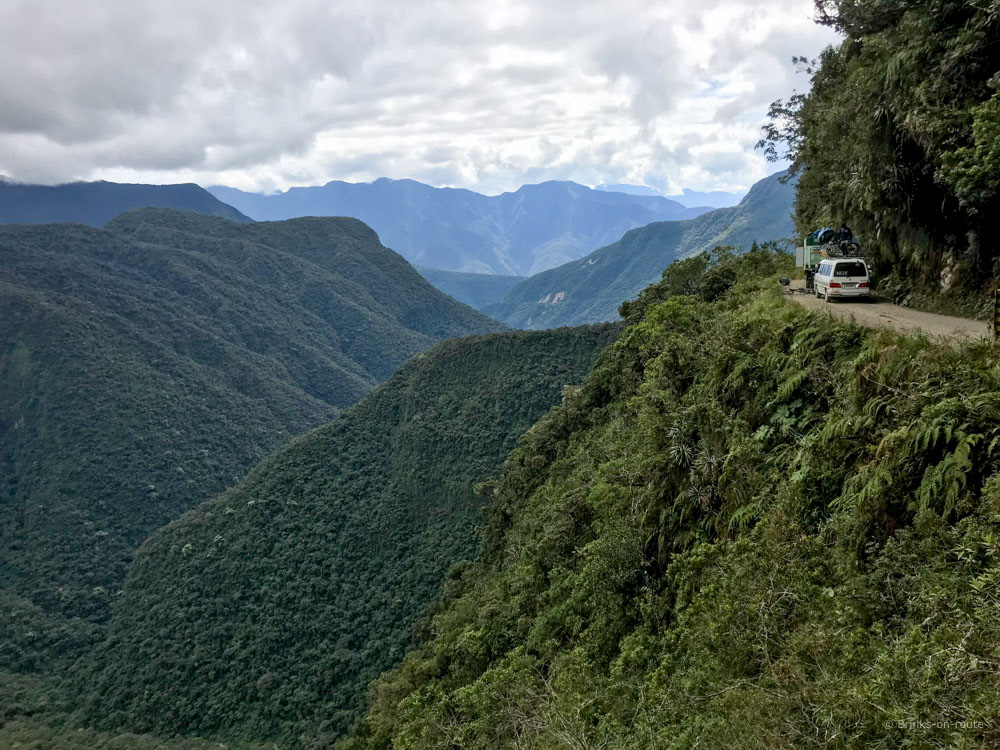
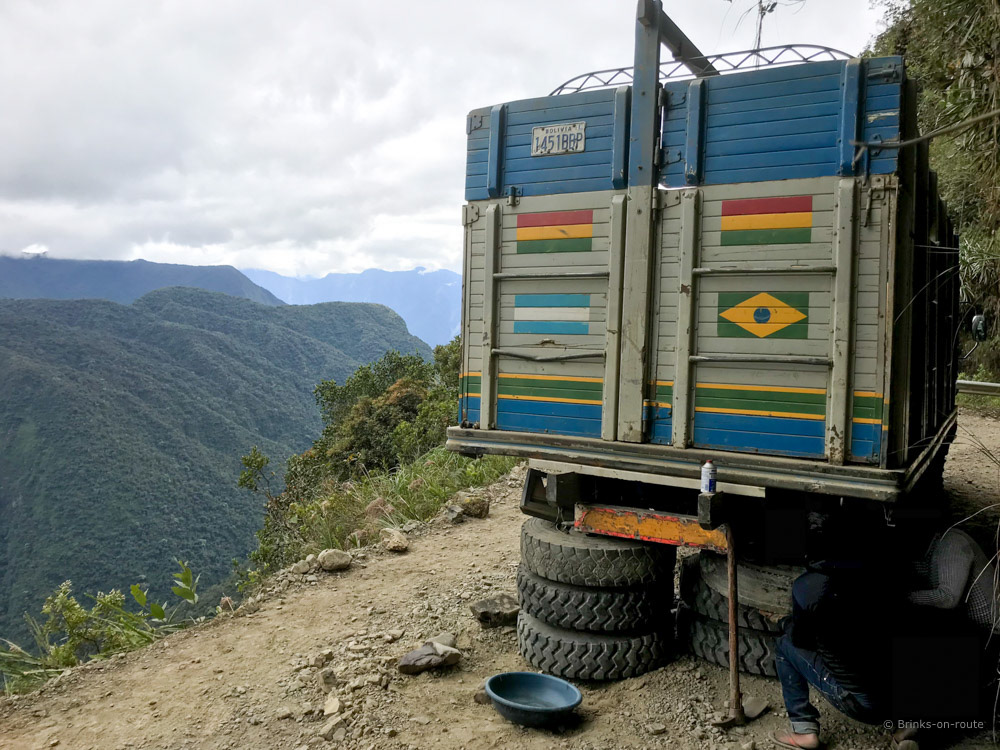
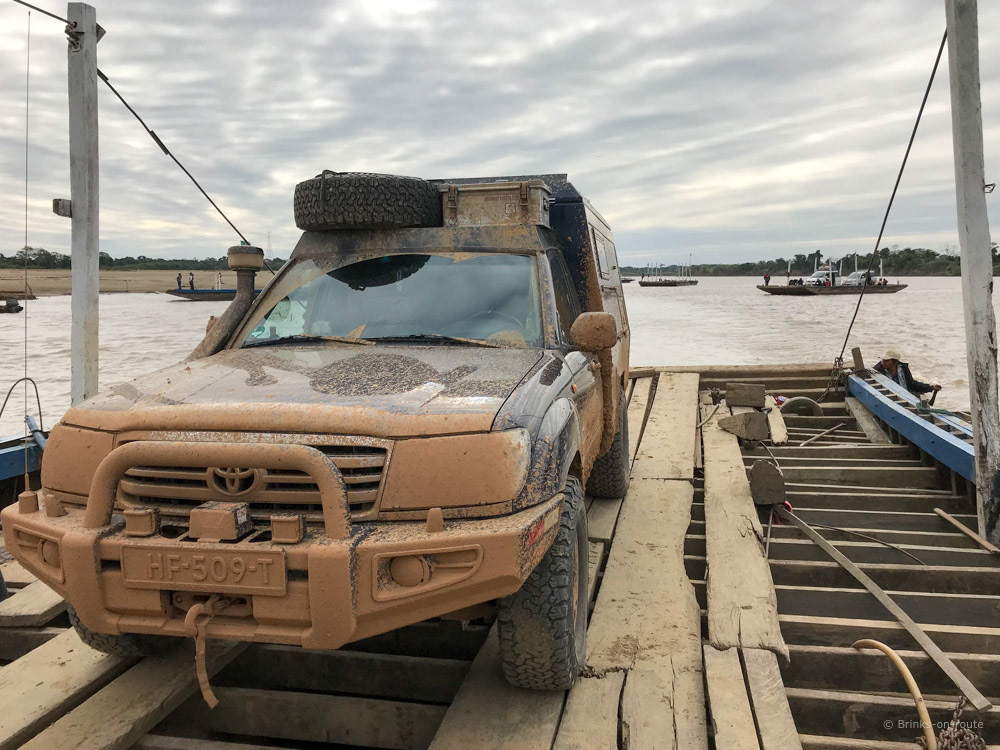
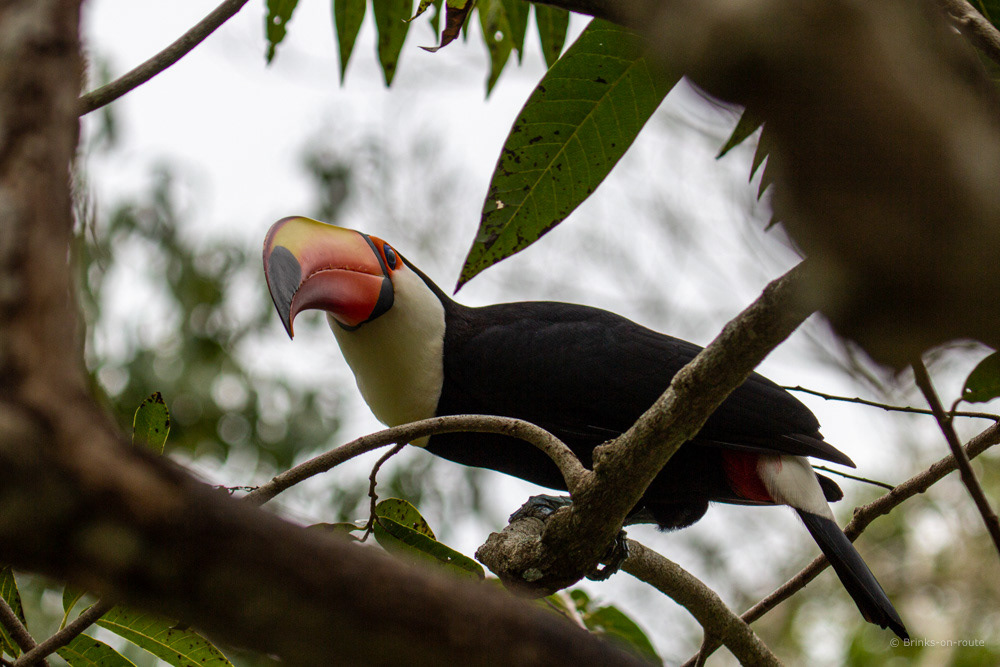


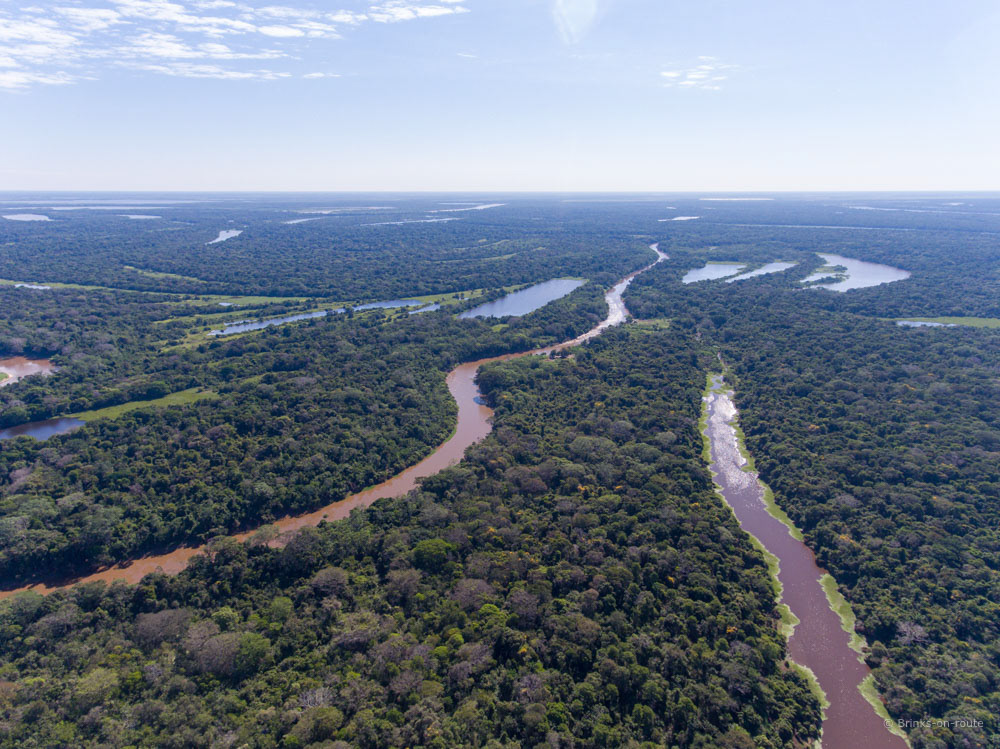
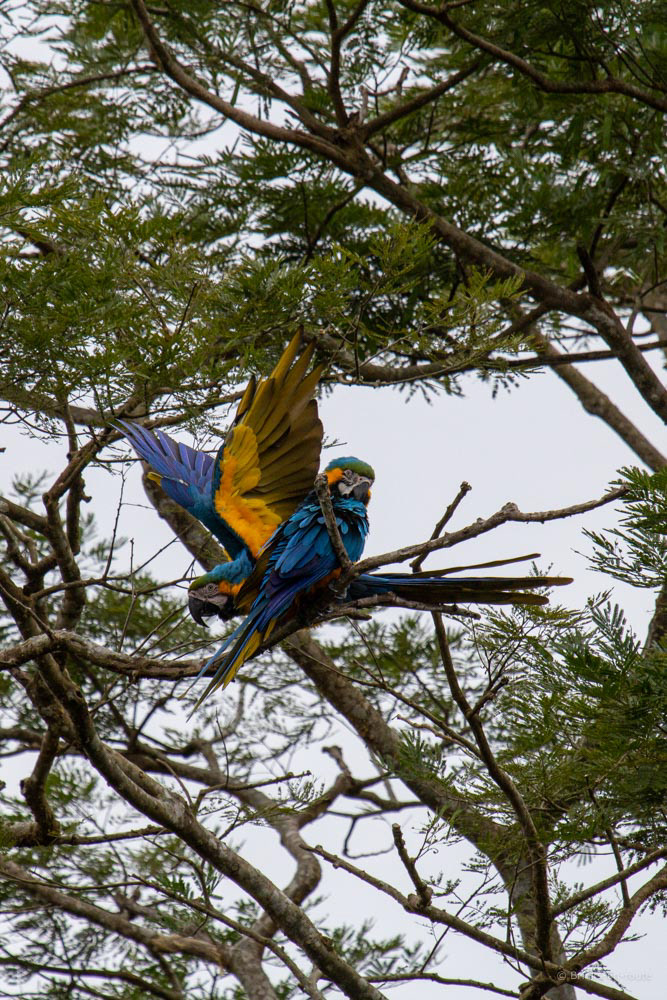


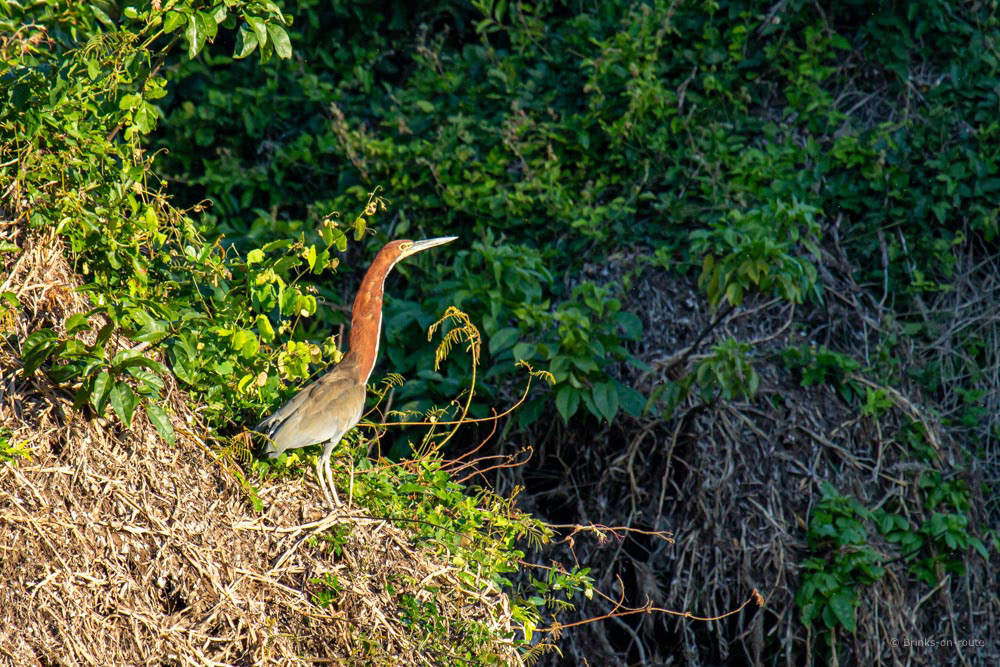
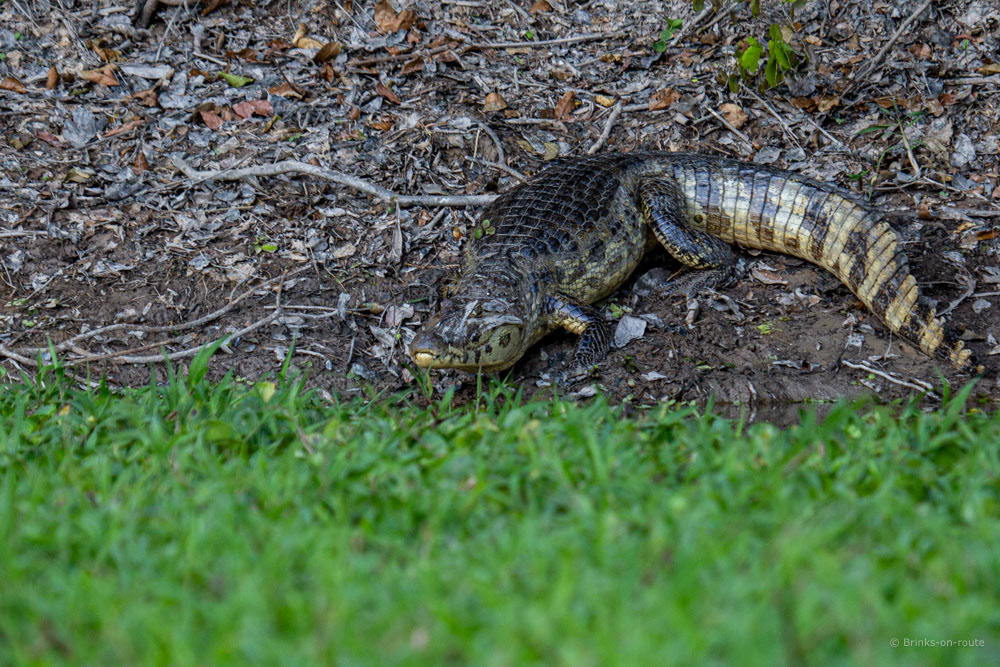
We initially planned the route via the Peruvian Amazon and Andes from San Ignacio to Cusco. On the map it seemed like a good plan.
Regarding the environment that is true, only the roads are quite challenging. Unpaved, narrow with deep abysses, holes, landslides you name it. Anything except longer stretches of straight asphalt roads. But the only way is the way forward.
Kuélap is pre-inca, built by the Chachapoyas. It is quite remote so the number of tourists here compare to Machu Picchu is limited. Part of it has been cleared from the vegetation, but the remains between the trees and the vegetation speak much more to the imagination.
Because it is on top of a mountain, the view is spectacular.
We wind and bump through the valley to the south and then go back into the mountains via "a death road". As the crow flies the distance is 100km. Because of all the hairpin bends it is 285 km over the road and we cannot go much faster than about 30 km / h. We come across road works and the road is closed for 8 hours. There is a D-tour of 70 km and about 2.5 hours extra. We visit a museum in Leymebaba. It shows the remains of a people who lived near a lake. A lot has been preserved and the museum is very worthwhile. Although you have to put a lot of effort to get there. So there is nobody and we wonder what the number of visitors will be.
Another surprise, a church entirely in mosaic. Very beautiful but in an environment where almost no one lives and is so far from everything you wonder why it was built here.
After more than 800 km of bends and a bad road we arrive in Cajamarca. Here we decide to have a diffrient look at the rear axle because it "leaks a little". After an inspection it appears that he does have a lot of sweat and the sealen of the axle has to be replaced. Parts must come from Lima, takes 3 days, so please wait patiently. When everything is there they start working with 5 men, the rubber of the CV joint and the steerhouse appear to be torn. Fortunately they did have it and could be replaced in this way.
Cordillera Negra & Blanca
We also visited this on the way to the north. It was quite cloudy at the time but we thought it was very beautiful.
The sky is now radiant blue and we have a beautiful view of the countless glaciers. Everything is in bloom, a very special environment. We cross the pass and want to go south via the east side. On that side there is almost no tourism, although not many tourists come across. We do, however, come across two people from Utrecht on a bicycle. After a nice chat we go further down and they still have to climb a lot of meters.
When we cross the pass and drive to the east, the unpaved road keeps getting worse until a narrow path with stones and large holes remains.
The question then is; are there so few tourists because the infrastructure is so bad, or is it so bad because no one is coming.
At 15 km / h per hour we bridge a distance of 65 km. Because it is getting late, we decide to spend the night at a gas station.
We ask how long the drive is to the next village 60 km away, it appears that it is 5-6 hours away. Up to the asphalt road it is then another 160 km extra. After a long deliberation, we decide to drive to the west side again via a somewhat easier road and then to the same road, as we went north, to Ica. Not so exciting but in total it is 3500 km from the border with Ecuador to Cusco so if we would continue on the same speed it would take to long.
But as always, every disadvantage has an advantage. We can now celebrate Sven's birthday in the garden of our favorite Peruvian winery.
In an oasis of impermanence we sit in the sun with a cheese plate and bubbles.
This is really a holiday, less sexy than the hopping and messing around on bad roads but wonderful.
After the short break we drive back inland towards Ayacucho. When we arrive, oil seems to be leaking somewhere, not much but still...
The two of us search on our knees for the leuk. At the same time we both find the leak, at least Sven finds a leak with oil and Katja a leak with air-conditioning coolant. The courage sinks in our shoes, it seems that if you just look, you can always find something. The air conduit is torn by grinding along the chassis and the oil comes from the steerhouse. So we have to look for a garage again. Garage is found quickly only a new steerhouse a little less quickly. Initially it seems that it must come from Japan (wait 60 days) but luckily they have found a completely new one in Lima. We only have to wait 2 days for that and that suddenly seems very short.
The steerhouse is made fairly quickly but the air conditioning talkes longer. Now air conditioning is of course luxury but for Cateau and with the Amazon and Pantanal not far away a must. When they think that the system is closed and want to put the pressure on it, the entire pipe collapses and they give up. They have to fix that in Cusco is the announcement.
We sleep in an Airbnb. Although Ayacucho is not really a bustling city, the house is very nice. When we leave early, we cannot leave earlier after a good breakfast; baked guinea pig with potatoes and salad. We continue to enjoy breakfast all day long.
Arrived in Cusco and after waiting 12 hours in the garage the problem is not yet solved. But, they promise, the next day will be a few hours of work. Although our confidence is completely oge, the system is finally closed after another 5 hours of work and the air conditioning works again.
The next day, when we take a good look at the roof, which has not been completely straight since Patagonia, it appears that 3 of the 7 screws are broken. And therefore a potential problem that the roof blows off or breaks off. So we need he tools again, had to do that anyhow since the air conditioning line was closed but was completely loose. We repaireh the roof, not an easy job but in the end with some extra nails and kit completely good again.
A final check-out in advance ... The brake pads appear to have disappeared completely after 9000km. So we are just in time, even immediately change. Does it never stop?
After all the car hassle it is finally time to enjoy the country again. Cusco is of course a hotspot with regard to Inca ruins but also with regard to tourism and that takes some time to getting used to.
Via the Valle Sagrado with all its archaeological sites we drive to Santa Theresa to go to the Machu Picchu. This way we don't have to leave Cateau alone for so long, it is less busy and we also save at least 150 euros per person. Moreover: we are independent and that also gives a great feeling.
Along the way there are so many sites to visit that we walk through the little ones a bit fast. But Ollantaytambo, Sacsayhuamán are huge structures. Of course the crown is he Machu Picchu.
So much has been said and written about the Machu Picchu. All the pushing, pulling and high costs made us very skeptical. We avoid the crowds at the buses by walking upstairs, a long climb but good to do. When we are at the top and have a view of the picture that everyone knows, the crowds are not that bad. Another advantage: we don't have to bump into a group and hear that they don't really know what it is and why it was built. Now we don't know either and we can come up with a nice story ourselves, or we just google it.
Sometimes you have to force it a bit. With our sandwich smuggled in we find a place away from everyone and we have the Machu Picchu for ourselves. Best picnic ever.
Then we walk the 400 meters down again and then the 11 km to the car. The route goes along the river that runs around the Machu Picchu mountain. Now that we know where it is we see the site about 500 meters higher.
Tired but satisfied, we drink a cold beer and a fresh lemonade. It was all in all very worthwhile and a special place.
We drive across the plateau to Lake Titicaca. In Cusco the nights were already chilly, around 2 degrees, here it goes under. Fortunately, the parking heater and the diesel cooker works well above 4000 meters. No matter how much we grumble on the car, he has no trouble with climbing and height. We are still proud of the car.
We make a stop in La Paz ready for the fight and dive into traffic. We are choosing a different route this time and that is a perfect choice. We arrive at our destination without any problem.
Death Road The most appealing road in Bolivia. Formerly the most deadly road. So we go for this 'attraction'
Anyway, what shall I say ... Yes it was foggy unpaved and steep. But enough places to pass each other, some sharp turns even have a guardrail. Overall it was not so bad, the views were beautiful. At the top it is bare and dry and the further you drive down the greener and warmer it becomes. I think we are a bit spoiled.
The road from Corrioco to Rurrenabaque has also seen better times. With the potholes or no asphalt together with rain and fog it doesn't get along very well.
We leave the Andes behind and when we take the exit to Rurrenabaque the landscape is completely flat.
On the way here we had prepared ourselves for the heat and the mosquitoes. But due to the wind from Patagonia, it is 15 degrees with strong gusts of wind and heavy rain. Instead of enjoying nature, we relax in the car with the heater on.
After a few days we give up waiting and drive to Beni. We get the ultimate Amazon feeling on the way. We slide and glide through the red mud and along the way we get a taste of the animals that live there. We see Pumas (2), nose bears, Capibaras, river dolphins, caimans and lots of birds.
We cross the Beni river with a ferry.
Our last stop in Bolivia is the rolling landscape where the Jesuits once settled. There are beautiful haciendas everywhere. Everything looks very neat and manicured.
We spend the night on such a hacienda and in the evening the buffalo are brought in.
A buffalo calf that is not accepted by the group joins our group of 3 and stays with us the entire evening to be petted and sabbled on anything and everything. He finally sleeps all night next to the car.
From here we drive to the border with Brazil.
